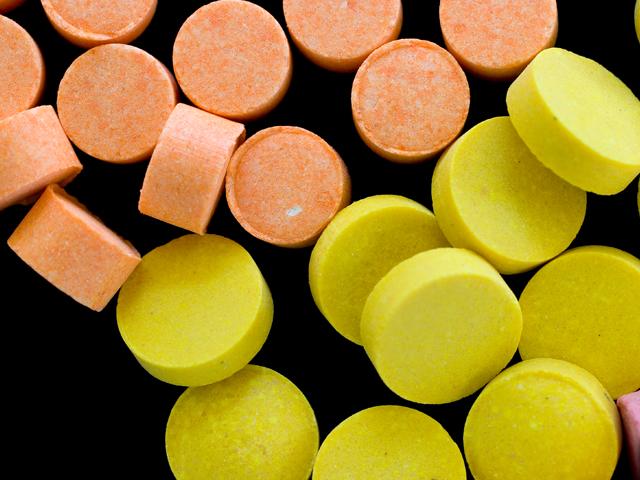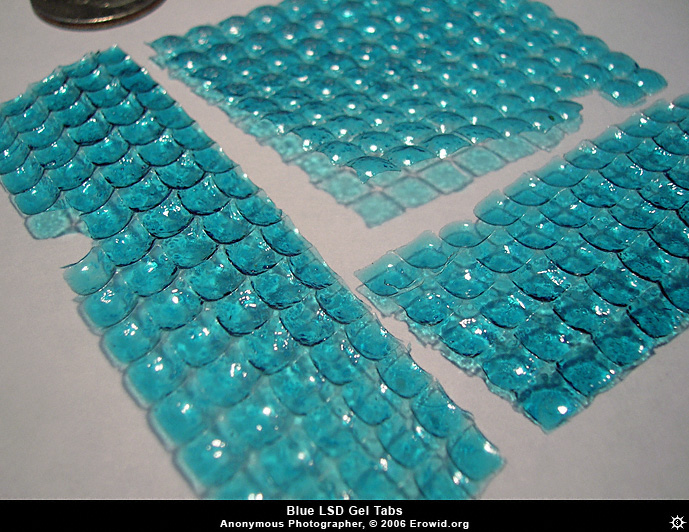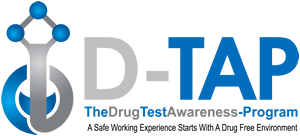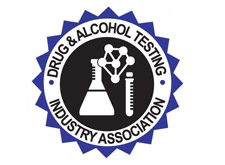Phencyclidine (PCP and LSD)
Distorting the senses and clouding the mind, hallucinogens pose grave dangers; LSD may trigger anxiety, panic, depression, paranoia, and psychotic episodes. PCP prompts violence, can induce psychosis, and cause death by respiratory arrest.
The term hallucinogen is used to describe naturally occurring or synthetic drugs taken primarily for the distorting effects they have on the user’s perceptions. Hallucinogens effects range from mild sensory distortion to hallucinations, paranoia, and delirium.
What is PCP?
Originally developed as a synthetic drug 1959, Phencyclidine (PCP, or angel dust) is a dissociative anesthetic. In its pure form, PCP is a white, crystalline powder. A street drug since the 1960’s, it is now produced in clandestine labs and sometimes passed off as mescaline or as another hallucinogen with less extreme effects. In large quantities it smells like strong ammonia. While use of PCP died down after the 70’s PCP is making a resurgence in parts of the Northeast parts of the country despite its now know dangers. It is marketed under so many different names (wet, bobbies, dippies, dank, amp, hydro, purple haze, haze, and lillie just to name a few) that users aren’t always aware that they are using it.
What does it look like and how is it taken?
Usually smoked, PCP can also be taken orally, snorted, or injected. It is sold in capsules, tablets, powder, and liquid. Most often the crystalline powder is sprinkled on a leafy substance—tobacco, parsley, mint, oregano, or marijuana—and then smoked in rolled cigarettes.
What are PCP’s effects?
The effects of PCP can be unpredictable and are often severe. Moderate doses (5 milligrams or less), generally produce initial feelings of relaxation and mild euphoria, but depression, anxiety, or disorientation can also result. Within the normal dosage range, users feel powerful, “spaced out,” or detached and may experience LSD-like visual distortions. Physical effects include: rising heart rate, blood pressure, and body temperature; flushing and sweating; shallow breathing; numbness; and some loss of coordination.
At higher doses, respiration drops and users may experience nausea, vomiting, loss of balance, and dizziness. They often display dramatic mood swings and are prone to anxiety, paranoia, and aggressiveness. Violence is not uncommon.
Paranoid delusions and aggressive behavior are sometimes followed by PCP-induced psychosis that may mimic symptoms of schizophrenia. Psychotic episodes can last several days, and it may take as long as two weeks for patients to return to normal. At toxic levels, or when interacting with alcohol or other depressant drugs, PCP can prove fatal, causing convulsions, coma, and respiratory arrest. PCP can also exacerbate pre-existing mental disorders
What is LSD?
LSD, commonly called “acid”, is the best known of the hallucinogens. Discovered in 1938, LSD was popular in the late 40’s through the 60’s. During these years many young people took “acid trips.” Advocates thought LSD was a mind-expanding aid that helped users achieve mystical states of perception.
How is LSD Taken?
LSD is generally taken orally and in very small doses. Most often, LSD is found in small squares of impregnated paper, called “blotter acid.” The squares may come in perforated sheets, like postage stamps, sometimes with an eye-catching image on each square. The drug may also come in tiny tablets, called “microdots,” or in small, thin, gelatin squares, known as “windowpane.” LSD is sometimes available in a clear liquid solution. This is dispensed with an eyedropper, onto sugar cubes or directly onto the tongue. Another variety, “blue dot acid,” consists of paper slips smeared with a blue-colored solution of the drug.
How does LSD Affect You?
Physical effects of LSD may include: dilated pupils, high temperature, rapid heartbeat, increased blood pressure, sleeplessness, appetite loss, and tremors.
Psychological effects can last for 12 hours. During the first 30 to 90 minutes, changes in visual perception and mood are likely. As the drug achieves its one-to two-hour “peak,” the user may experience distorted impressions of time, space, and distance. “Tracking” may occur-the observation of streams of colored light following the path of a moving object and “psychedelic” patterns may appear. Judgment and the ability to recognize immediate danger can be impaired increasing the risk of injury.
Acute anxiety, depression, panic, paranoia, or psychotic behavior may accompany a bad trip or may occur after most other effects of the drug have worn off. An overdose can result in a longer, more intense and more frightening trip, and the spontaneous, recurring hallucinations known as flashbacks can occur days, weeks, or more than a year after LSD use.










